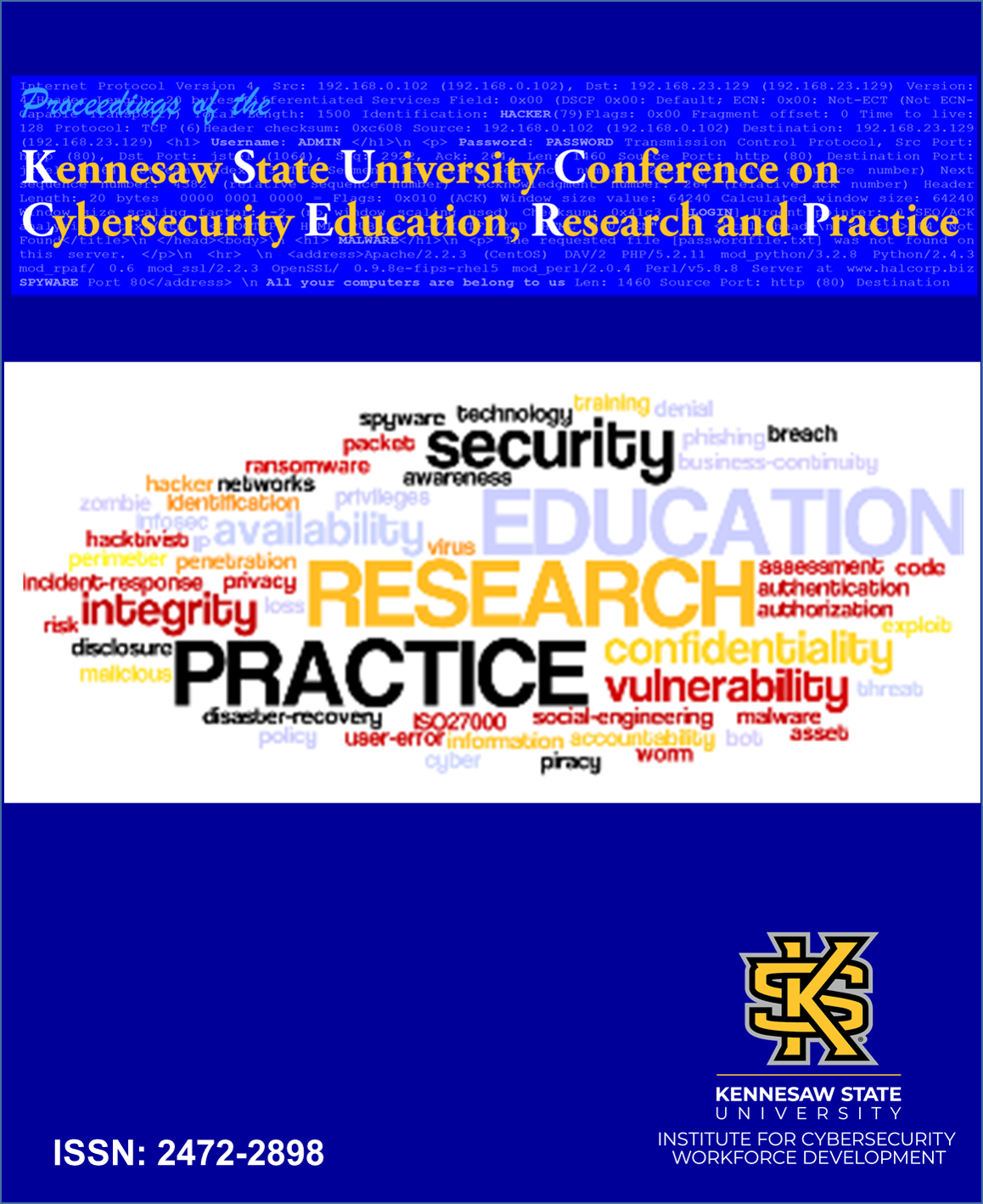Abstract
With the continued changes in the way businesses work, cyber-attack targets are in a constant state of flux between organizations, individuals, as well as various aspects of the supply chain of interconnected goods and services. As one of the 16 critical infrastructure sectors, the manufacturing sector is known for complex integrated Information Systems (ISs) that are incorporated heavily into production operations. Many of these ISs are procured and supported by third parties, also referred to as interconnected entities in the supply chain. Disruptions to manufacturing companies would not only have significant financial losses but would also have economic and safety impacts on society. The vulnerabilities of interconnected companies created inherited exploitations in other interconnected companies. Cybersecurity practices need to be further enhanced to understand supply chain cybersecurity posture and manage the risks from lower-tier interconnected entities up to the top-level dependent organization. This paper will provide an overview of the Theory of Cybersecurity Footprint to emphasize the relationship among interconnected entities and the cybersecurity effects one organization can have on another regardless of size. This paper provides a literature review on the manufacturing industry with a recommendation for future developmental research using the Delphi method with a panel of experts to develop an index to measure cybersecurity posture based on interconnected entities from lower tiers and establish index weights specifically for the manufacturing industry.
DOI
10.32727/28.2024.1
Included in
Information Security Commons, Management Information Systems Commons, Technology and Innovation Commons
Towards Assessing Cybersecurity Posture of Manufacturing Companies: Review and Recommendations
With the continued changes in the way businesses work, cyber-attack targets are in a constant state of flux between organizations, individuals, as well as various aspects of the supply chain of interconnected goods and services. As one of the 16 critical infrastructure sectors, the manufacturing sector is known for complex integrated Information Systems (ISs) that are incorporated heavily into production operations. Many of these ISs are procured and supported by third parties, also referred to as interconnected entities in the supply chain. Disruptions to manufacturing companies would not only have significant financial losses but would also have economic and safety impacts on society. The vulnerabilities of interconnected companies created inherited exploitations in other interconnected companies. Cybersecurity practices need to be further enhanced to understand supply chain cybersecurity posture and manage the risks from lower-tier interconnected entities up to the top-level dependent organization. This paper will provide an overview of the Theory of Cybersecurity Footprint to emphasize the relationship among interconnected entities and the cybersecurity effects one organization can have on another regardless of size. This paper provides a literature review on the manufacturing industry with a recommendation for future developmental research using the Delphi method with a panel of experts to develop an index to measure cybersecurity posture based on interconnected entities from lower tiers and establish index weights specifically for the manufacturing industry.



Comments
Keywords—interconnected entities, supply chain cybersecurity, third-party cyber-risk, Delphi method, SMEs, cybersecurity footprint, index model.